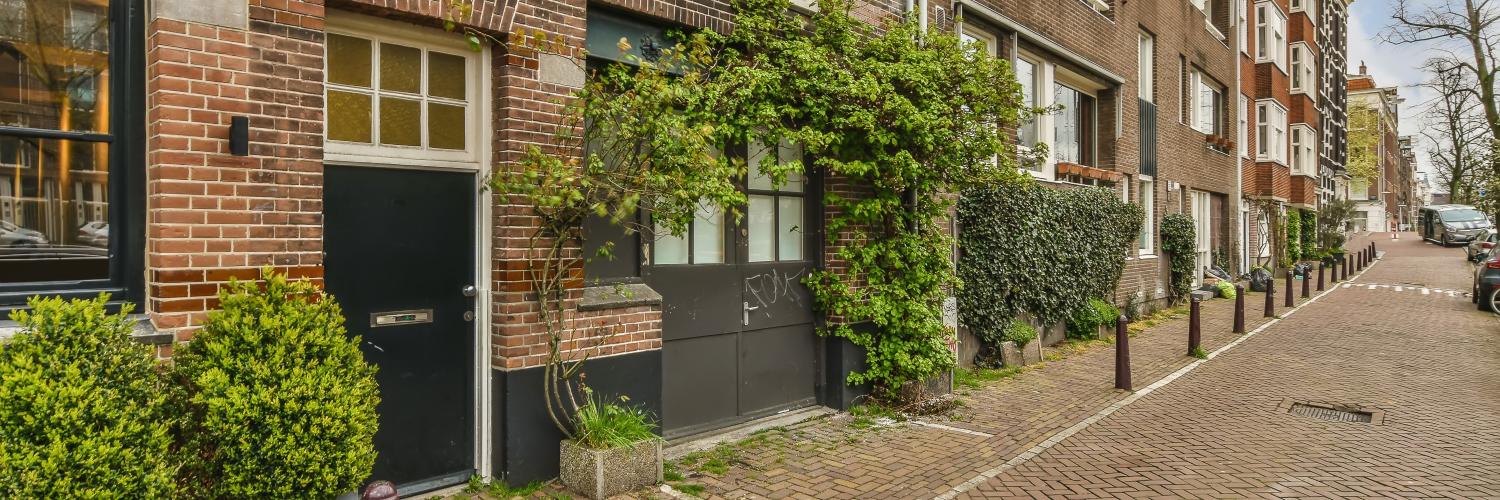Auction bridging loans let you complete a property purchase within the strict 28-day auction deadline, borrowing up to 85% of the property’s value for 3-12 months while you refurbish and refinance. The key to success is having your finance ready beforehand, getting your solicitor to review the legal pack, and having a clear exit strategy.
The auctioneer’s hammer drops, you’ve won the bid on a property, and suddenly you’re staring down a 28-day completion deadline. Your regular mortgage broker tells you they’ll need 8-10 weeks to arrange funding, which is much too late.
Traditional mortgages take months to arrange. If you miss that deadline, you’ll forfeit your entire 10% deposit and could face legal action from the vendor.
The contract you signed when that hammer fell isn’t flexible, and there’s no cooling-off period.
This is exactly why auction bridging loans exist – short-term finance designed to get you from winning bid to completed purchase within that tight 28-day window.
Understanding how auction finance works before you raise that bidding paddle means you can act decisively when the right property comes up.
What Is an Auction Bridging Loan?
An auction bridging loan is short-term finance specifically designed for property purchases at auction. You’ll borrow against the property you’re buying, and the loan runs for anywhere between 3 and 12 months.
The key difference? Speed.
An auction bridging loan can be ready in 5-14 days.
You’re paying for that speed, these loans cost more than standard mortgages, but when you’re facing auction deadlines, speed matters more than rate. You simply can’t use a normal mortgage for an auction purchase unless you’ve started the application months beforehand.
Think of it as a financial bridge between two points.
You’re standing at “just won the auction” and need to get to “property completed and owned.” The bridging loan gets you across that gap quickly, then you exit the loan (paying it back) by refinancing to a long-term mortgage or selling the property on.
How Auction Bridging Loans Work
Understanding the mechanics means knowing what happens at each stage, from the hammer falling through to completing your purchase 28 days later.
The Auction Day
The moment that hammer comes down, you’ve entered into a legally binding contract.
You’ll have to pay your 10% cash deposit before you leave the auction room.
There’s no going back at this point. Unlike buying through an estate agent where you might pull out before exchange, with an auction sale you exchange contracts the second the auctioneer says “sold.”
You’ve now got 28 days to come up with the remaining 90% and complete the purchase.
This is why you need your finance arranged before auction day, not after. You should already know how much you can borrow and have an Agreement in Principle ready.
Where the Bridging Loan Fits
If you’re buying a £250,000 property, you’ll have already paid £25,000 as your 10% auction deposit.
Most lenders will offer you up to 75-85% of the property’s value, which means you’d borrow around £187,500. The maths is simple: you need £62,500 of your own money (25% of the purchase price) to make this work.
You won’t be making monthly payments like you would with a mortgage. Instead, the interest gets added to your loan balance each month, that’s what “rolled-up interest” means.
When you exit the loan by refinancing or selling, you pay back the original amount borrowed plus all that accumulated interest in one lump sum. This structure works well because you’re not worrying about finding money for monthly payments while you’re potentially doing building work.
Who Needs Auction Finance?
You might be a seasoned property developer looking at auction houses because that’s where the below-market-value opportunities show up. Certain properties at auction often sell for 20-30% less than their open market value.
Or you could be buying your first auction property after spotting a Victorian terrace that needs complete modernisation but has massive potential.
The house won’t qualify for a standard mortgage in its current state. No kitchen, dodgy wiring, bathroom from the 1970s. But you’ve done the maths, you know the refurbishment costs, and you can see it’ll be worth £400,000 once finished.
Property investors buying to hold and rent use auction finance too. The property might have a sitting tenant or a short lease that needs extending. These complications make it unmortgageable right now, but they’re fixable problems.
The common thread isn’t about being professional or amateur. It’s about having found an opportunity that needs quick, flexible financing.
Related: Property Refurbishment Bridging Loans: Your Guide to Renovation Finance

Before You Bid: What You Must Know
Your success at auction starts well before you walk into the auction room.
The preparation you do beforehand determines whether you’re a confident bidder or someone who’s taken an expensive gamble.
Finance First, Bidding Second
Never (and I mean never) raise your paddle without having your finance already agreed in principle. This isn’t overcautious advice, it’s basic risk management.
An Agreement in Principle from a bridging lender is more than a “we’ll probably lend you money” letter. It’s a genuine commitment from the lender, subject only to a satisfactory valuation of the property.
You’ve already gone through the initial assessment, they’ve checked your credit, they understand your exit strategy, and they’re saying yes. That takes 5-7 days to arrange, which is why you start this process before auction day.
Here’s what happens if you bid without finance in place: you win the auction, pay your deposit, then spend the next week frantically calling different lenders.
Maybe you find one who’ll lend to you, maybe you don’t. You’re now facing the prospect of losing your deposit because you gambled on arranging finance retrospectively.
Read more: What Checks Do Bridging Loan Companies Carry Out?
The Legal Pack
Every property at auction comes with a ‘legal pack’.
That’s a bundle of documents you can download from the auction house’s website several weeks before the sale, and it includes the actual contract of sale you’ll be signing.
Your solicitor absolutely should review it before auction day. Budget for 2-3 hours of their time.
They’re looking for problems that could stop you refinancing later or that make the property less valuable than it appears. A lease with only 60 years remaining is a red flag. You’ll need to extend it before any mortgage lender will touch the property, and that costs money and time.
Restrictive covenants that limit what you can do with the property matter. Rights of way across the land can create complications. Missing planning permissions for previous building work can derail your entire plan.
Your solicitor spots these issues before you bid, not after you’ve committed to buying.
Some problems are fixable and just need factoring into your costs. Others are deal-breakers that should make you walk away.
Your Exit Strategy
When a bridging lender asks about your exit strategy, they’re asking a simple question: how are you paying this back?
This isn’t something you figure out later. It’s how lenders decide whether to lend to you in the first place.
Most people refinance onto a standard mortgage once they’ve done whatever needs doing to make the property mortgageable. You buy a wreck with bridging finance, spend three months renovating it, then switch to a buy-to-let mortgage at normal rates.
That buy-to-let mortgage pays off the bridging loan, and you’re back to making regular monthly payments at much lower rates.
Just make sure that you have factored in the 6 month mortgage rule, as this eliminates a lot of main lenders.
You can start arranging that refinance at month 3 or 4, not scrambling at month 10 when your bridging term is running out. Mortgage brokers need several weeks to arrange a buy-to-let mortgage, and you want that new mortgage ready before your bridging loan term expires.
Sometimes people exit by selling the property instead.
You’ve bought it cheap at auction, refurbished it, and now you’re selling at market value for a quick profit. That works fine as long as you’ve realistically assessed how long it’ll take to find a buyer.
What’s your backup plan if the primary exit doesn’t work?
Maybe the buy-to-let mortgage valuation comes in lower than expected, or the market has softened. Good exit planning includes a Plan B.
Perhaps you can extend the bridging term, or you’ve got other property you could sell to raise funds.
Read more: How Do You Pay Back a Bridging Loan?
Why Use a Broker for Auction Finance?
Here’s something most people don’t know: many specialist lenders don’t accept direct applications at all.
They only work through specialist brokers who understand their criteria and know how to package applications properly.
Going direct doesn’t give you more choice. It limits your options to the handful of lenders who deal with the public.
A broker with access to 250+ lenders can match you to the right lender for your specific situation in a couple of hours. You might have adverse credit from three years ago, or you’re buying through a limited company, or the property is mixed-use.
Your broker knows which three or four lenders from their panel will say yes before you even submit an application.
Speed matters with auction finance, and brokers are faster because they’re working with these lenders every week. They know each lender’s quirks. Which one values properties conservatively, which one is quick on refurbishment projects, which one handles ex-local authority properties well.
Taking Your Next Steps
If you’re thinking about buying at auction, start with the finance conversation now.
Before you’ve even found the property. Understanding what you can borrow, what it’ll cost, and having that Agreement in Principle ready means when you find the right opportunity, you can bid decisively.
For auction loans from £150,000 upwards, we work with over 250 specialist lenders to arrange finance in 5-14 days. Let’s talk through your situation before you bid, so you’re walking into that auction room knowing your numbers are solid.
Call us on 0330 030 5050 or get in touch through our website.
Get Your Bridging Loan Quote Today
Speak to a bridging finance specialist now. Our initial consultation is free and without obligation – we’ll assess your requirements and explain your options clearly.
Call us on 0330 030 5050
Understanding Legal Charges for Your Bridging Loan
Get the facts on bridging loan legal charges – understand priority, consent requirements, and alternative routes when standard options don’t work. When you take out a bridging loan, your lender puts a ‘legal charge’ on…


